Clipper Race: Finessing the lead buckets
Published on September 17th, 2019
(September 17, 2019; Race 2, Day 2) – The 11 teams in the Clipper 2019-20 Round the World Yacht Race continue downwind in light conditions, leading the skippers and crew to decide whether to keep west, closer to the rhumb line and wait for the forecasted wind to fill or to gybe south easterly in search of land breeze off the coast of Morocco. This decision has split the fleet and it is still too early to tell which move will prove best.
Currently sitting in the lead on the tracker, after opting to stay west and closest to the Rhumb line, of which the positions are calculated, is WTC Logistics. Skipper Mark Burkes reported on his decision to stick to the westerly route: “The GRIBs we have (our graphic weather data) suggest that being inshore will give us more breeze. However, gybing south east to get into that breeze costs us valuable time spent sailing in the wrong direction. It’s a quandary, although according to our GRIBs, we should get a better wind angle out here in due course.”
In the westerly pack with WTC Logistics is Seattle in which Skipper Ben Keitch has been coaching his crew through the difficulties of helming in light winds: “The crew are learning the difficulties of both staying motivated in light airs, and the very tricky business of helming with a spinnaker up when the boat’s apparent wind, generated by its own momentum, is greater than the actual wind.
“With such a heavy boat this is like walking a tightrope. Turn one way or the other by just a degree, and the spinnaker collapses, the ‘wind’ dies, spinning around through 180 degrees in direction. It then takes skill and patience to get going again.”
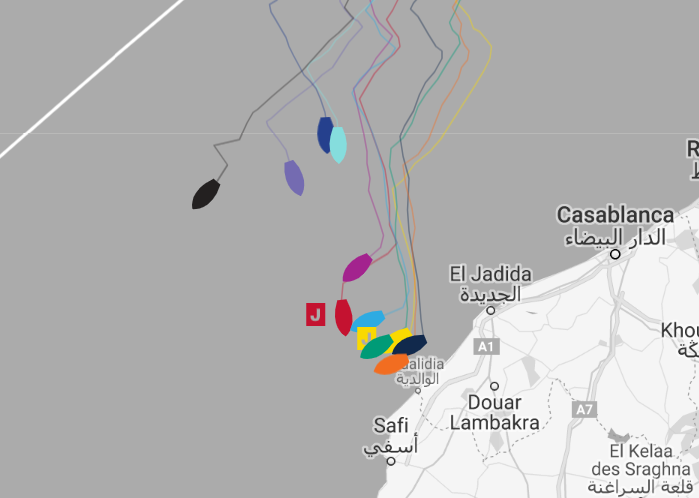 The furthest team east is Visit Sanya, China which is currently leading the easterly pack, and has reported close racing with Ha Long Bay, Viet Nam, Dare To Lead, and Punta del Este but progress remains steady and teams having to remain focused on the finessing light wind helming and slick sail changes.
The furthest team east is Visit Sanya, China which is currently leading the easterly pack, and has reported close racing with Ha Long Bay, Viet Nam, Dare To Lead, and Punta del Este but progress remains steady and teams having to remain focused on the finessing light wind helming and slick sail changes.
Ha Long Bay, Viet Nam Skipper Josh Stickland said: “It’s been a bit of a slow day; we changed kites at 0830 this morning from a Code 2 to a Code 1 (Code 1 is a similar shape but just a little thinner) and have been crawling along at 3 to 5 knots with a few boats for company, as I’m sure you can all see there is a definite split in the fleet so I hope our tactics pay off, just hoping and waiting for the trades to kick in.”
Despite the split in the fleet, all skippers have reported slow progress. GoToBermuda Skipper, David ‘Wavy’ Immelman, summed it up when he said: “What a long, slow 24 hours, the wind has been painful. It has just not filled in and allowed us to head south to the coast. It has, however, given us good practice in light airs helming, trimming, and peeling kites. We have changed between the windseeker and the Code 1 too many times in the last 24 hours.”
On the positive side, the steady conditions has meant life on board across the fleet has been much easier for the crew, even though temperatures are rising the flatter yachts have made for more comfortable days and nights to settle into the watch systems and produce some culinary delights to keep the teammates motivated.
Dare To Lead Skipper, Guy Waites, said: “How different Race 2 is compared to Race 1, long days and nights gliding south, trimming and helming, upwind sailing will have to wait until nearer the South Atlantic. With the galley angle of heel more conducive the bake off on board has risen to new levels, no one is complaining.”
Over the next 24 hours the fleet is expected to move into the Trade Winds which should propel the teams southwards towards the Canaries, which route will the teams take? Will the inshore decision pay off or will those further west pick up speed first? Keep an eye on the Race Viewer to find out.
Race 2 began September 15 and will take the 11 teams along a 5195 nm course from Portimão, Portugal to Punta del Este, Uruguay, with their expected arrival between October 12 and 16.
Race details – Skipper list – Race route – Tracker – Facebook
About the Clipper Round the World Yacht Race:
The Clipper Race was established in 1996 by Sir Robin Knox-Johnston, the first person to sail solo non-stop around the world in 1968-69. His aim was to allow anyone, regardless of previous sailing experience, the chance to embrace the thrill of ocean racing; it is the only event of its kind for amateur sailors.
Held biennially, the Clipper 2019-20 Round the World Yacht Race gets underway September 1 for the fleet of eleven identical Tony Castro designed Clipper 70s. This 12th edition has attracted 688 crew representing 43 nationalities for the 41,000+ nm course. The race finishes on August 8.
The course is divided into 8 legs and 15 individual races, with some of the crew in for the entire circumnavigation while others will do individual legs. The team having the best cumulative score over the entire course will win the Clipper Race Trophy.
The Clipper 2019-20 Race Route:
The fleet departs from London, UK to Portimão, Portugal; across the Atlantic to Punta del Este, Uruguay; the South Atlantic to Cape Town, South Africa; across the Southern Ocean’s Roaring Forties to Fremantle, Western Australia; around to the Whitsundays on the east coast of Australia, back into the Northern Hemisphere to China where teams will race to Qingdao, via Sanya and Zhuhai; across the mighty North Pacific to Seattle, USA; to New York via the famous Panama Canal; to Bermuda and then it’s a final Atlantic crossing to Derry-Londonderry in Northern Ireland; before arriving back to London as fully proven ocean racers.


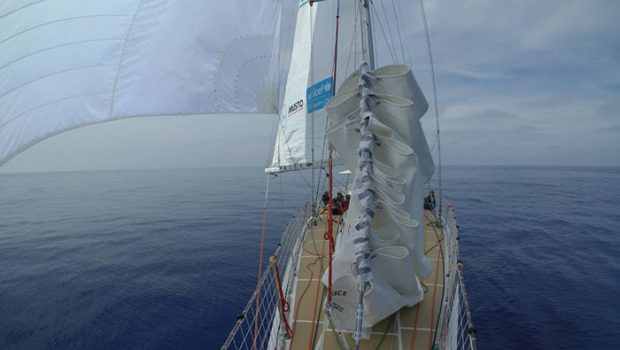

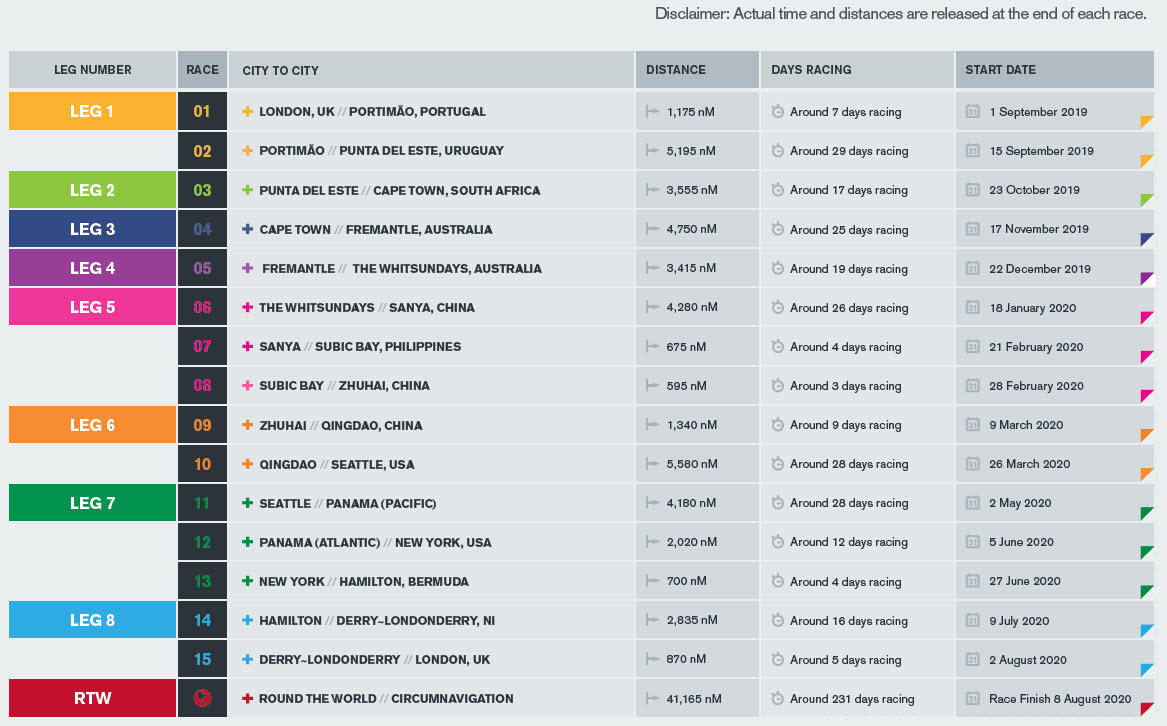
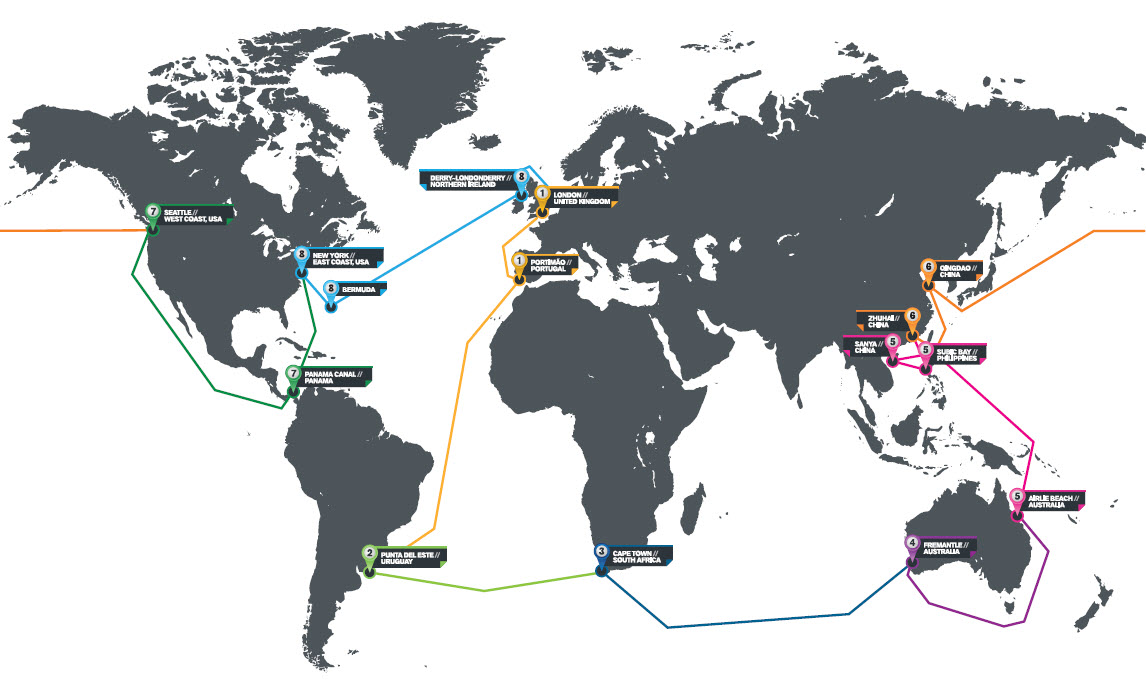

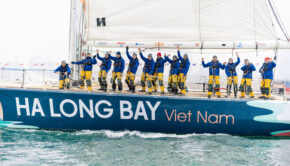
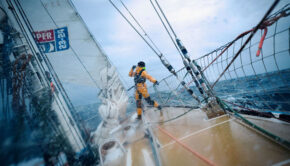
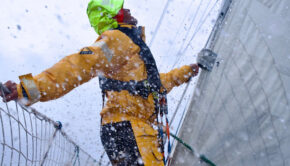
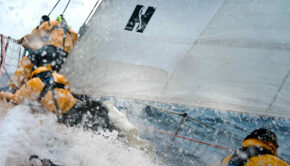
 We’ll keep your information safe.
We’ll keep your information safe.